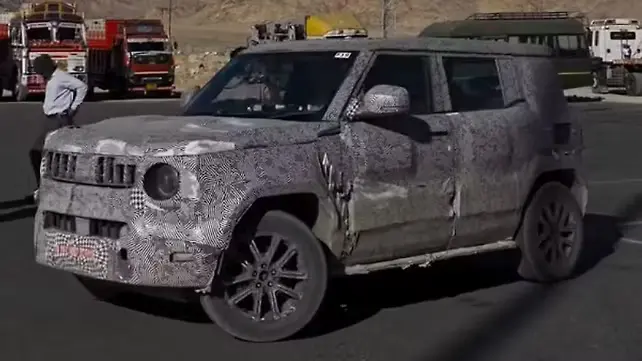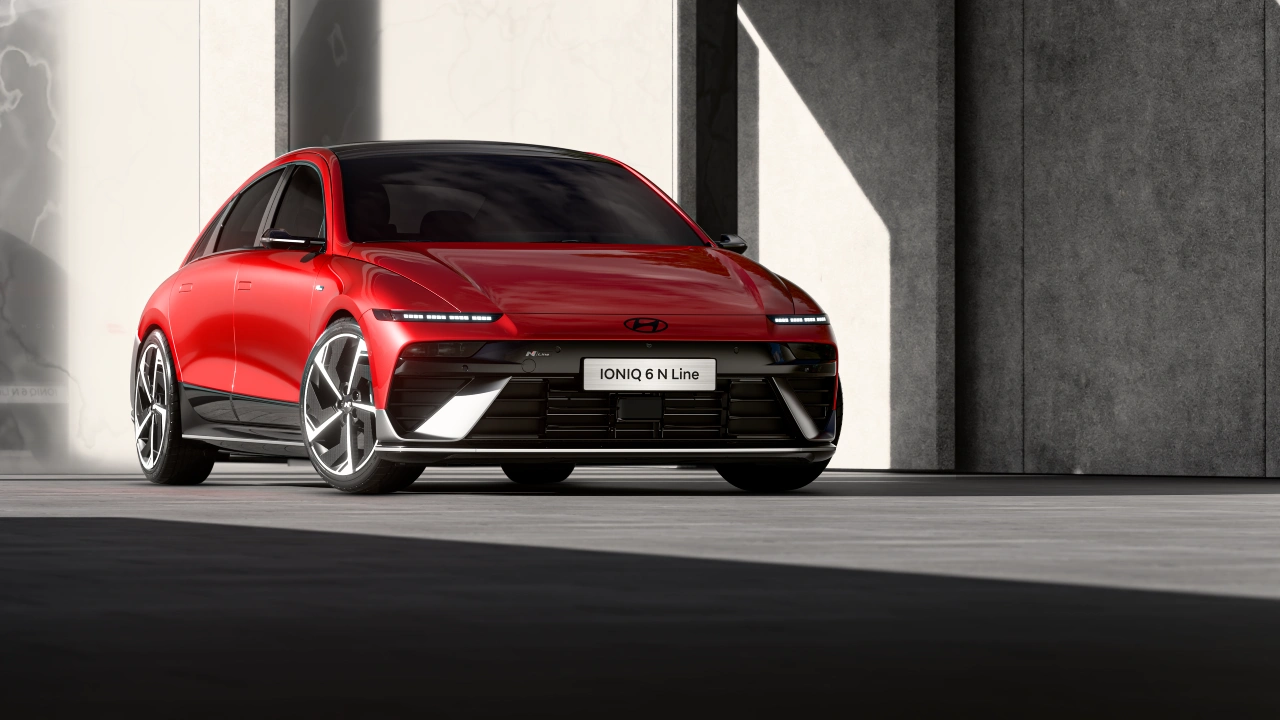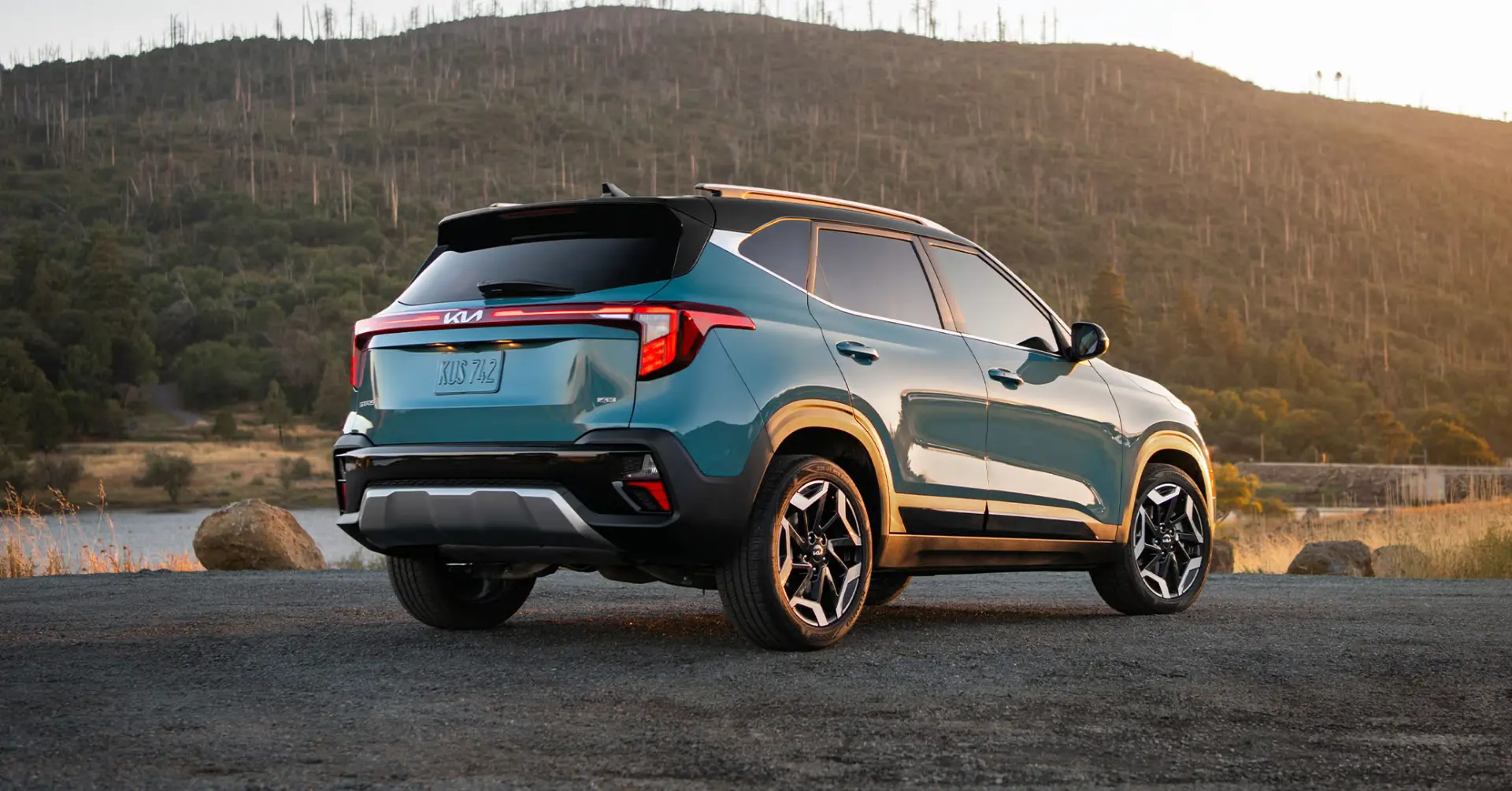Tata Sierra ICE vs Mahindra XEV 9S EV – Classic Comeback Meets Electric Future

The Indian SUV space is about to witness an exciting clash between tradition and technology. Tata Motors is bringing back its iconic Sierra in ICE form, while Mahindra is preparing to unveil its bold electric flagship, the XEV 9S. Both SUVs arrive this November with completely different philosophies – but one common goal: to redefine what Indian buyers expect from premium SUVs.
Tata Sierra ICE: A Modern Take on a Legend

The Tata Sierra makes a grand comeback on November 25, 2025, blending nostalgia with contemporary design. Built on the ATLAS platform, the SUV keeps its signature boxy stance but adds connected LED lights, a wide front grille, and premium interiors.
Inside, the Sierra gets a panoramic sunroof, ventilated seats, a 360-degree camera, and Level 2 ADAS. The dashboard hosts a triple-screen setup for the driver, centre, and passenger, giving it a tech-forward yet rugged feel.
Powering the Sierra will be two engine options – a 1.5-litre turbo-petrol producing around 160 PS and a 2.0-litre diesel borrowed from the Harrier, making up to 170 PS. Transmission options include both manual and automatic gearboxes. Tata also plans to launch an electric version later based on its Acti.EV+ platform.
Positioned between the Curvv and the Harrier, the Sierra ICE will take on rivals like the Hyundai Creta, Kia Seltos, and Toyota Hyryder. Expected pricing ranges from ₹17–25 lakh (ex-showroom).
Mahindra XEV 9S: Electric Powerhouse for the Future
Mahindra’s XEV 9S will debut just a day after, on November 27, 2025. Unlike Tata’s nostalgia-driven ICE SUV, the XEV 9S is all about futuristic design and technology. It’s a seven-seater electric SUV built on the new INGLO platform, featuring cutting-edge battery and software systems.
The XEV 9S will share its powertrain with the XEV 9e, using 59 kWh and 79 kWh battery options. Range figures are expected between 540 km and 650 km, while power output could touch 286 PS. It will also support fast charging and offer AWD capability.
The cabin experience is premium, with a triple 12.3-inch screen setup, ambient lighting, a panoramic sunroof, and a 16-speaker Harman audio system. Safety and tech features include advanced ADAS, semi-active suspension, and connected vehicle functions.
Expected to be priced between ₹45–50 lakh, the XEV 9S will target luxury EV buyers and compete with models like the BYD Seal U and Hyundai Ioniq 7.
Classic vs Future: Two Sides of the Same Story
While Tata’s Sierra focuses on bringing back old-school charm with modern comfort, Mahindra’s XEV 9S is designed to push boundaries in electric mobility. The Sierra appeals to emotion – it’s familiar, rugged, and affordable. The XEV 9S appeals to imagination – it’s sleek, advanced, and forward-looking.
Both SUVs showcase how far Indian carmakers have come – one perfecting ICE sophistication, the other mastering EV innovation. November 2025 will mark a defining moment where heritage meets the future on Indian roads.





